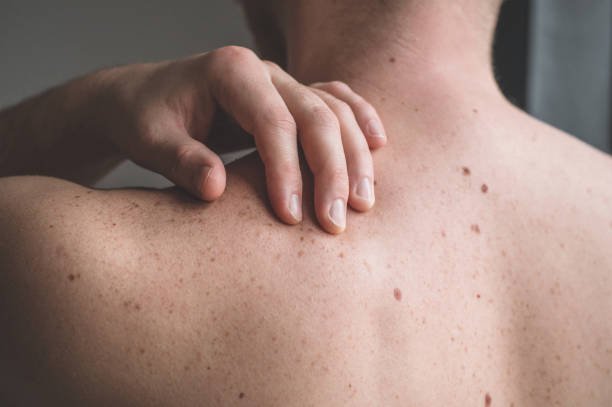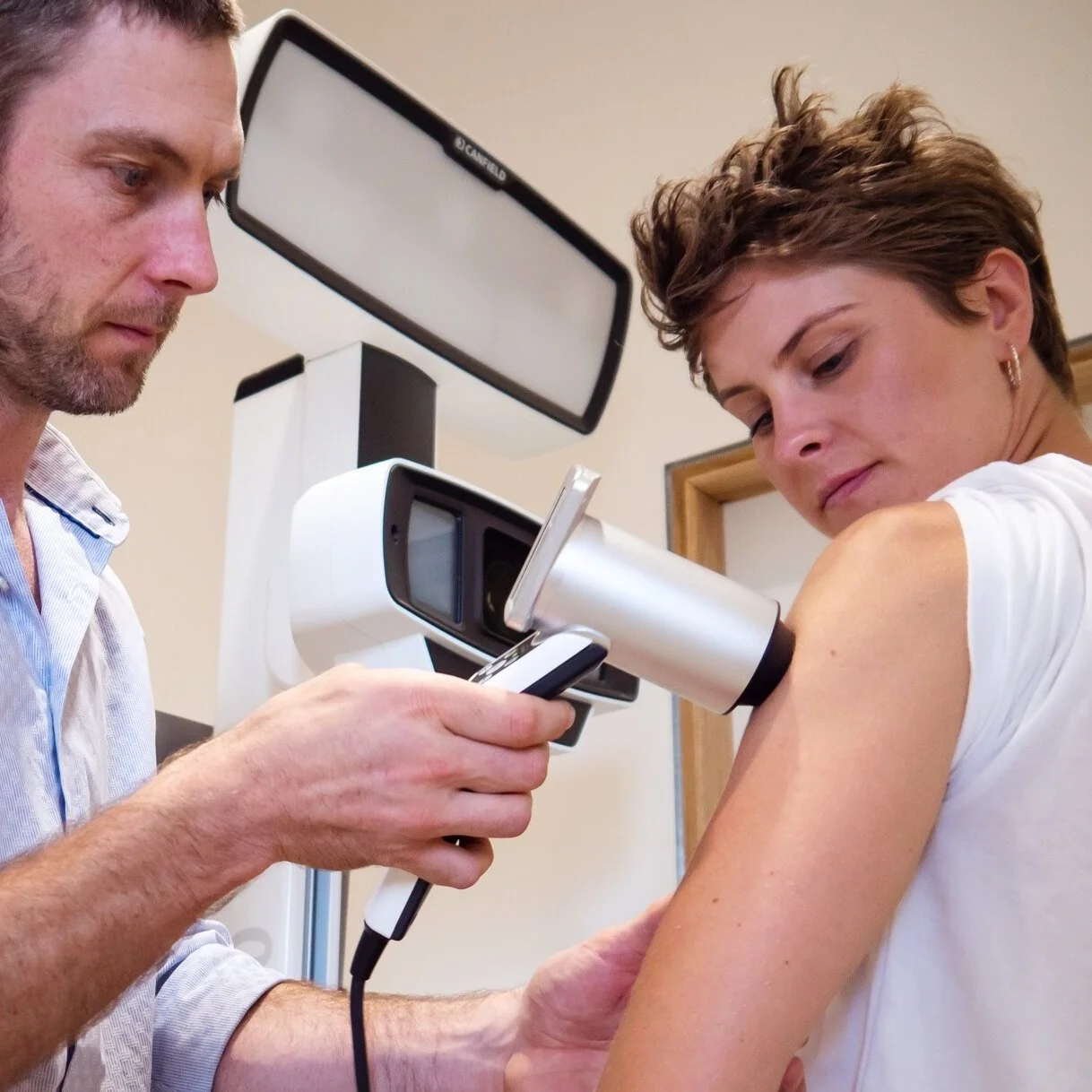We are a group of dedicated doctors in Melbourne's Inner North specialising in skin cancer detection and minor surgical procedures. Committed to your well-being, we offer expert care and early intervention for skin concerns. Your health and safety and that of your skin are our utmost priorities.
SERVICES: MOLE MAPPING
What is Mole Mapping?
Mole mapping is a diagnostic technique used by dermatologists to track and analyze moles on a patient's body over time. It involves the creation of a detailed map or image cataloging the location, size, color, and other characteristics of each mole. This baseline allows for the identification of any changes or irregularities during subsequent examinations.
Who Should Consider Mole Mapping?
High-Risk Individuals: Individuals with a family history of skin cancer, a personal history of melanoma, or those with fair skin and a history of sun exposure are often recommended for mole mapping.
Frequent Sun Exposure: Those with a history of prolonged sun exposure, such as outdoor workers or sunbathers, can benefit from mole mapping due to an increased risk of skin damage.
Many Moles: Individuals with numerous moles (nevi) may opt for mole mapping to monitor changes in their skin over time.
Why Does Mole Mapping Matter?
Early Detection of Skin Cancer: Melanoma, the most deadly form of skin cancer, often begins as an unusual-looking mole. Mole mapping facilitates the early identification of changes in size, shape, or color, enabling prompt intervention when necessary.
Personalized Risk Assessment: Mole mapping helps create a personalized risk profile for patients based on their mole patterns. Individuals with numerous moles or specific atypical features may be at a higher risk for skin cancer, warranting closer monitoring.
Preventive Medicine: Regular mole mapping serves as a preventive measure, helping dermatologists detect potential issues before they become more serious. This can lead to less invasive and more effective treatments.
The Mole Mapping Process:
1. Initial Assessment: Our doctors conduct a thorough examination of the entire body, documenting the existing moles and any concerning features.
2. Photographic Documentation: High-resolution photographs are taken of each mole, capturing details that might not be apparent to the naked eye. These images serve as a reference point for future comparisons.
3. Subsequent Monitoring: Patients are advised to undergo periodic mole mapping sessions to update their records. Changes in mole appearance are carefully analyzed, and any suspicious developments may prompt further investigation or biopsy.
“Navigate the landscape of your skin with confidence, Mole Maps provide a clear record of your skin, helping with early detection and supporting long-term skin health.”




